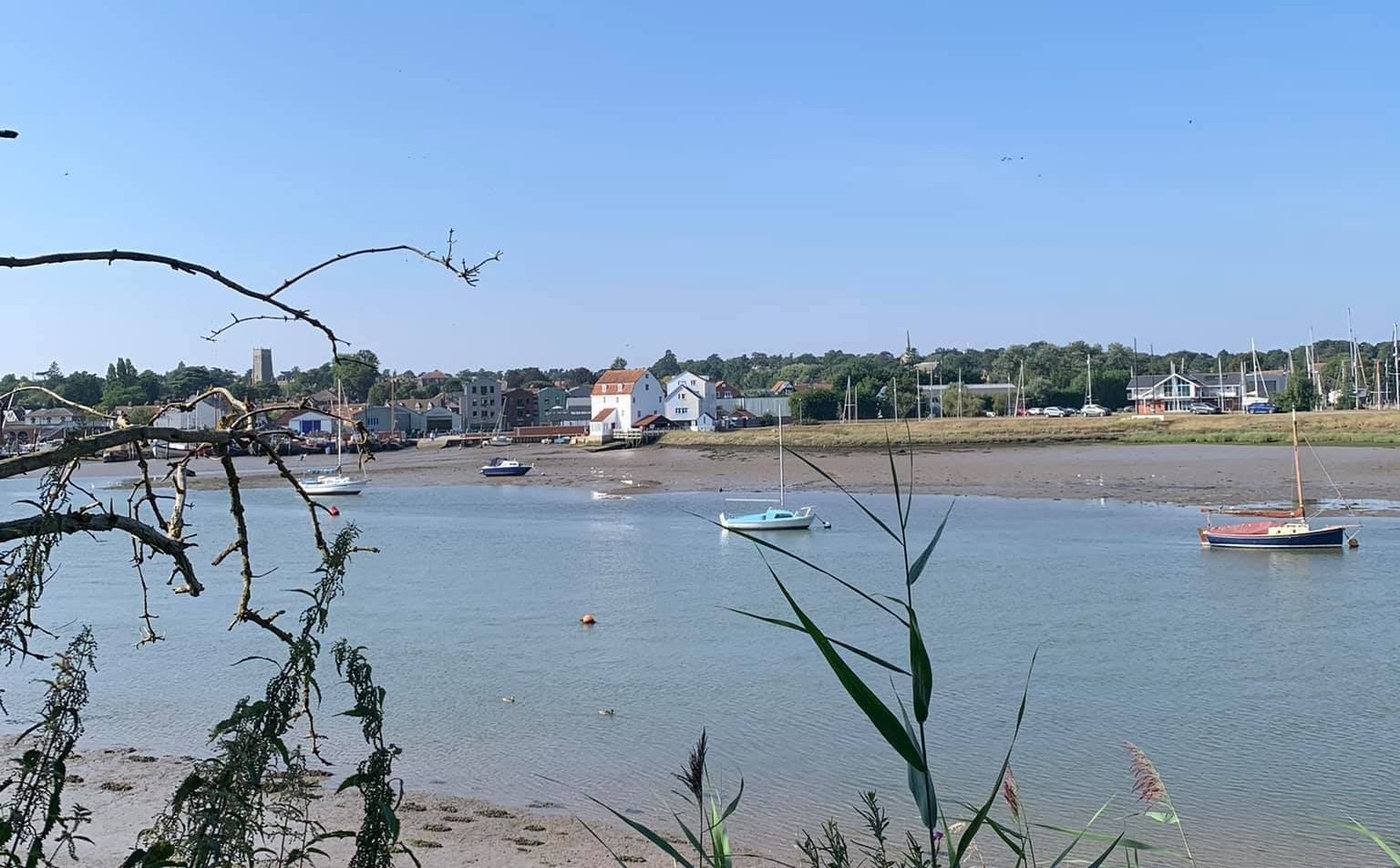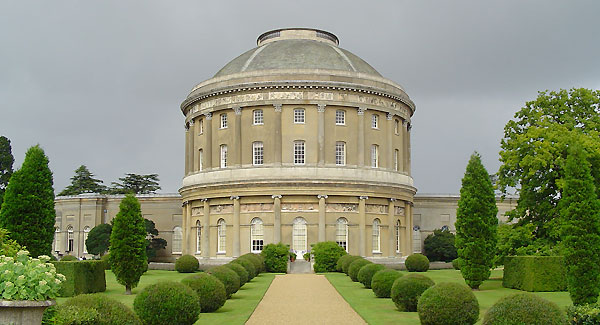Lavenham is probably the most beautiful town in Suffolk if not England. Time really has stood still here with the preserved timber framed buildings exactly as they were in the 14th & 15th centuries. Lavenham Guildhall The town’s history goes back a very long way with Anglo-Saxon, Norman and Roman connections all being traced to the town.
The town’s wealth and fame came from it’s wool connection, at the peak of it’s fame the town was richer than both York and Lincoln. In the 14th Century Lavenham and the surrounding villages were instrumental in England’s weaving industry. Lavenham was famous for its blue broadcloth which was made from dyed wool rather than weaving the cloth and then dyeing it.
Built by the Guild of Corpus Christi, one of three guilds founded in Lavenham to regulate the wool trade, look for the rampant lions on the doorpost, they were the Guild’s emblem. The Guild was dissolved by Henry VIII, who disapproved of its religious associations. Throughout the years the building was used as a town hall, a prison, a workhouse and wool store. In the Second World War was a “Welcome Club” for American servicemen. In 1951 the Guildhall was given to the National Trust, today a museum on Lavenham and the wool trade is housed within it.
|
||||||
|
||||||
  |
 |
|||||
Lavenham
Related Posts
Woodbridge
Situated on the Deben Estuary. Once an important shipbuilding town Woodbridge centre retains it’s old worlde charm. The white weather-boarded Tide Mill, now fully restored and in working order, sits…
Bury St Edmunds
Behind the faces of the many Georgian looking buildings in Bury St Edmunds are houses of the 17th Century and earlier. Much of the town dates from the period 1750-1850.…



 The limewashed silver-grey building that is Lavenham’s Guildhall dates from around 1529 and dominates the small market square.
The limewashed silver-grey building that is Lavenham’s Guildhall dates from around 1529 and dominates the small market square.


